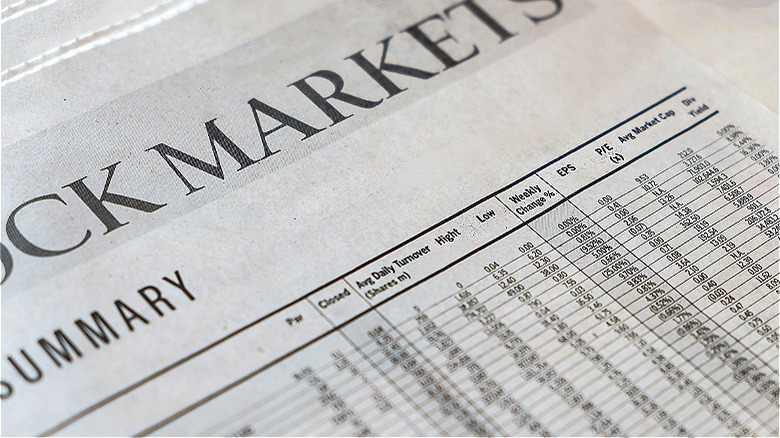What Is A P/E Ratio?
Whether you're new to investing or simply looking to grow your analyst knowledge, you've likely come across financial terms and acronyms that have made you scratch your head. From budgeting to crypto, the world of financial know-how continues to grow and this can leave many feeling confused when reading financial, or even business, news. For example, something you've probably seen is the term P/E ratio, and if you've ever wondered what, exactly, that is, you've come to the right place. A P/E ratio, at its simplest, is a price-to-earnings calculation that can help investors value a company.
By measuring (and comparing) a company's current share price to its earnings per share, this ratio can help you know the price or earnings multiple of that company's shares. A P/E ratio can also be helpful when trying to determine or model market behavior over time. By comparing a company, an industry, or even a stock index's current P/E ratio to its historical records, you can determine not just the current business cycle of the economy but also how much a company or industry is currently worth compared to the past.
Analysts can average these past earnings to discover long-term value trends through measures like P/E 10 (which averages the past 10 years of earnings) or P/E 30 (which averages the past 30 years of earnings). Further, these measures can help to determine how a given company compares to other companies in the same sector or industry. This helps investors to determine if a company's stock is undervalued or overvalued before deciding how to proceed with any of their investments.
Types of P/E ratios
One of the most common types of P/E ratios is the forward P/E, which looks ahead by using future earnings guidance or estimated price-to-earnings. This indicator allows you to gain a better sense of what future earnings will look like when compared to current earnings. However, future P/E ratios can be used to manipulate earnings as a way of inflating a company's success.
By intentionally underestimating, a company can end up with an earnings report that shows how much "more successful" it was compared to what analysts predicted. This can, in turn, overinflate a company's growth and make it more appealing to investors. On the flip side, overestimating earnings can lead to late adjustments and poor optics. In both cases, external analysts are likely to come up with very different estimates than the in-house projections did, which can be tricky to navigate.
Another common P/E ratio is the trailing P/E, which looks entirely at past company performance. Those who are wary of the manipulation potential in forward P/E ratios might believe that looking at the earnings per share of a company over the last 12 months is a better option since a company's reported earnings are more likely to be accurate than potential projections.
With this said, while a trailing P/E does tend to be more objective, looking backward to estimate future performance isn't a guarantee. Since earnings are only released each quarter, trailing P/E ratios are less helpful when it comes to day-to-day stock trading, and aren't always reflective of major company events that can significantly impact stock prices.
High and low P/E ratios
You might be wondering how investors actually apply these P/E ratios. Typically, investors will expect higher future earnings growth from a company with high P/E ratios compared to a company with a lower P/E. However, a low P/E isn't necessarily an indication a company isn't doing well. A low P/E can mean several different things, including that a company might simply be undervalued or that it's only more recently started doing much better than its past earnings trends. It's also possible for a company to have an N/A ratio, which could mean the company is new, has no earnings, or is actively posting losses.
It's also important to realize how these P/E ratios can and do affect predictions for future earnings, especially when using long-term data. By calculating this past data, analysts can create a median P/E ratio for a given company. With this median ratio, analysts can formulate benchmark expectations for earnings potential within a company, which can have huge implications for stock prices and the company's attractiveness to potential investors.
Similarly, if a company's forward P/E ratio is calculated to be higher than its current P/E ratio, then analysts are essentially expecting earnings for that company to decrease. On the flip side, a forward P/E ratio that's lower than a company's trailing P/E means analysts expect an increase in a company's earnings. Knowing all of this can help potential investors decide if a company is a good investment or not.


